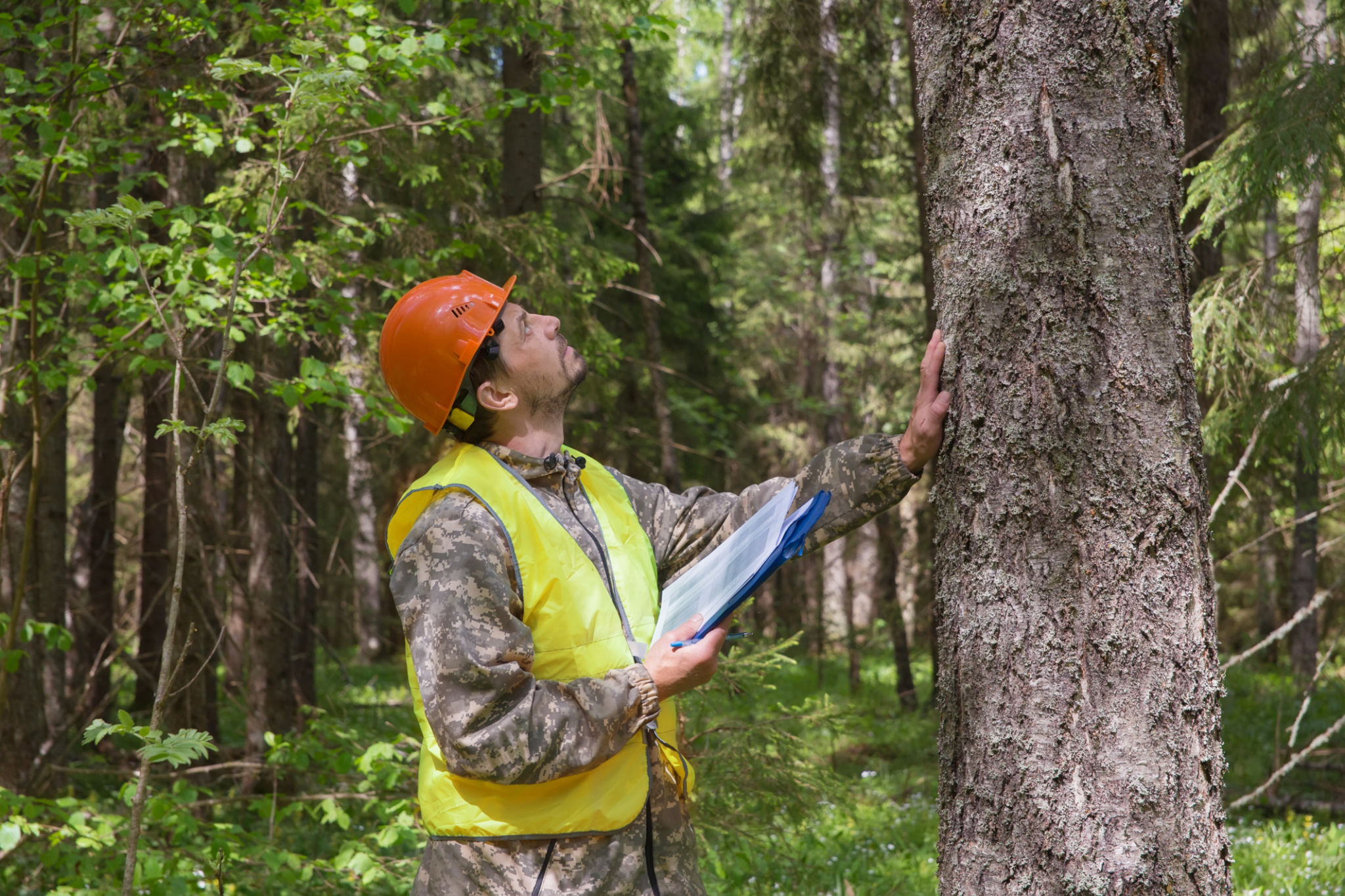Exploring the Tree Regulations in Dunfermline: What You Need to Know
Understanding Tree Regulations in Dunfermline
Dunfermline, a town rich in history and natural beauty, is home to a wide variety of trees that contribute to its charm. However, maintaining this natural beauty requires adherence to certain tree regulations. Whether you're a local resident or a business owner, understanding these regulations is crucial to ensure compliance and preserve the town's greenery.
The primary aim of tree regulations is to protect trees from unnecessary damage and ensure their health and longevity. This not only helps in maintaining the town's aesthetic appeal but also supports the local ecosystem.

Tree Preservation Orders (TPOs)
One of the most important aspects of tree management in Dunfermline is the Tree Preservation Order (TPO). A TPO is a legal mechanism that protects specific trees or woodlands from being cut down, lopped, or otherwise damaged without permission from the local council. These orders are typically applied to trees that have significant amenity value and contribute positively to the community.
If you are considering any work on a tree with a TPO, it’s essential to apply for permission from the local authorities. Unauthorized work on these trees can lead to substantial fines and legal action.
Conservation Areas
Dunfermline boasts several conservation areas where tree preservation is particularly stringent. Within these areas, any work on trees usually requires prior notification to the council, even if the trees are not covered by individual TPOs. This notification process allows the council to assess the potential impact on the environment and decide if further protection is necessary.

It’s important to check if your property falls within a conservation area before planning any tree work. This will help you avoid potential penalties and ensure that your actions align with environmental guidelines.
Applying for Tree Work Permissions
If you need to conduct work on a protected tree, you must submit an application to the local council. The application should include detailed information about the proposed work, the reasons for it, and any potential impact on the surrounding environment. In some cases, you may need to consult with an arborist or tree surgeon to provide expert advice and support for your application.
Exemptions and Special Circumstances
While tree regulations are comprehensive, there are certain exemptions. For instance, if a tree poses an immediate risk to public safety or property, emergency work may be allowed without prior permission. However, it's advised to document such cases thoroughly and inform the council as soon as possible.

Other exemptions may apply in cases of dead or diseased trees where removal is necessary to prevent further harm. In all instances, communication with local authorities is key to navigating these exceptions smoothly.
Conclusion
Understanding and adhering to tree regulations in Dunfermline is vital for anyone looking to undertake tree-related activities in the area. By respecting these rules, residents and businesses can contribute to preserving the natural beauty of Dunfermline while avoiding legal complications. Always consult with local authorities when in doubt and consider professional guidance for complex situations.